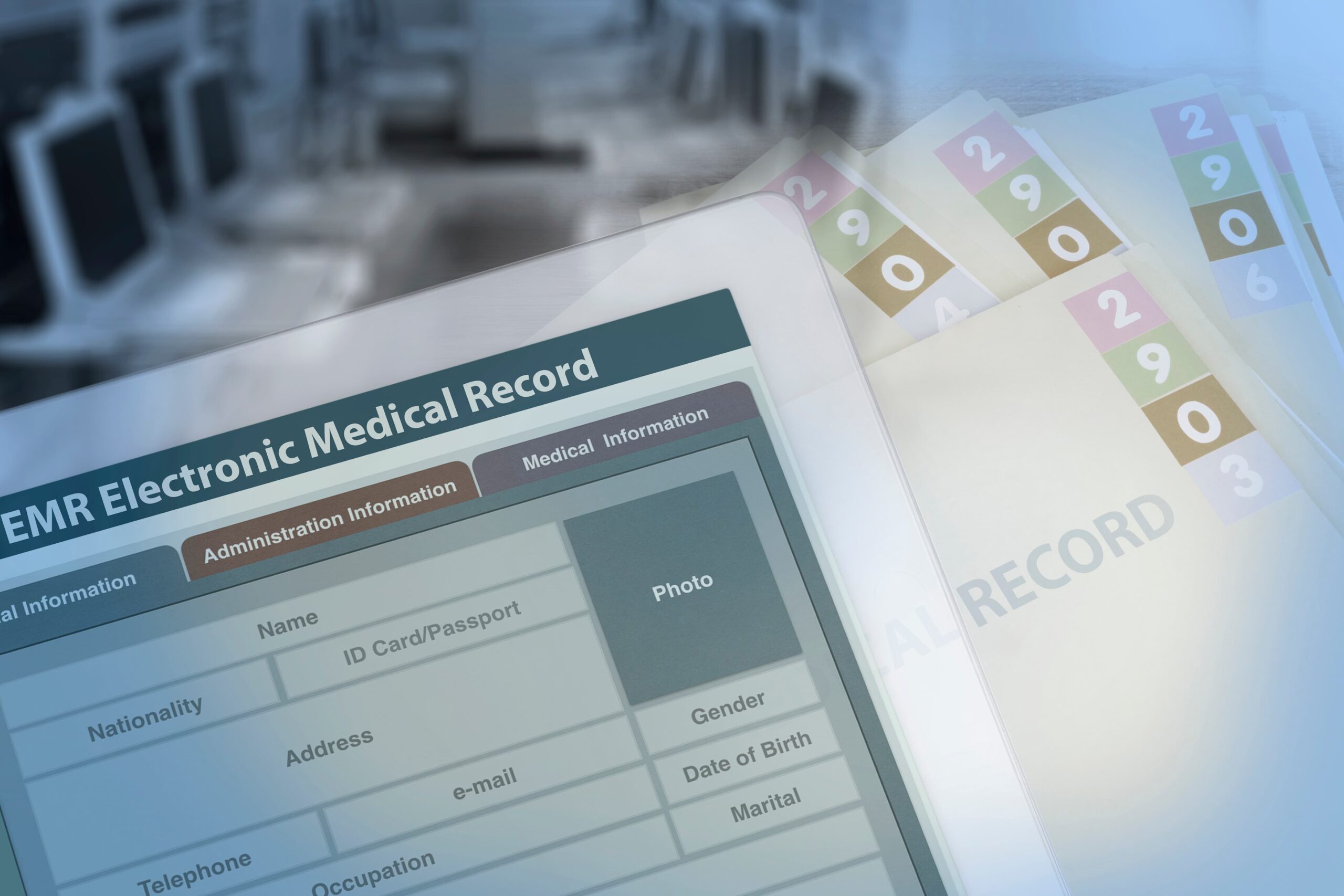10 Safety Tips for Sharing the Road With Trucks
It can be nerve-wracking or intimidating to drive when there are big trucks around you. According to J.D. Power1, the average semi-truck weighs five times more than cars or other smaller vehicles! Knowing how to safely drive while sharing the road with large trucks is essential for you, other drivers, and pedestrians.
Here are 10 truck safety tips from our Colorado semi-truck accident lawyer team.
1. Avoid the Truck’s Blind Spots
A truck has four blind spots—20 feet ahead, 30 feet behind, and on either side. A good rule of thumb is to be sure that you can see the truck’s mirrors. Avoiding blind spots may help the trucker maneuver safely around you and other vehicles.
Where Are the Blind Spots on Semi-Trucks?
A semi truck’s four blind spots are located:
- In front of the cab = 20 feet
- Behind the trailer = 30 feet
- To the left of the truck backward diagonally
- To the right of the truck backward diagonally
A truck blind spot is a “No-Zone.” If you’re in that area, the truck driver cannot see you. Make sure that you can see the truck’s side mirrors. If you must enter a truck’s blind spot, spend as little time there as possible.
2. Leave Extra Time When Passing Downhill
Because a truck is heavy, it speeds up when traveling downhill. You should take this into account when you evaluate if you have enough time to pass a truck. Make sure you have plenty of room and always use turn signals before changing lanes.
3. Leave Room for a Turning Truck
When a truck executes a turn, it can be a tight space. Because larger vehicles make wide turns, the truck may move into the left lane slightly to avoid hitting the right curb. Never come up on the right side of a turning truck. You don’t want to get stuck.
4. Take Road Conditions Into Account
With any driving, be sure to evaluate everything that may impact your safety. That means leaving extra following distance and slowing down if there is heavy truck traffic. Be alert and attentive. Remember it’s always better to be a few minutes late, but alive.
5. Be Patient When Trucks Are Backing Up
Sometimes trucks need to back up to a dock or maneuver in another way. Give semi-truck drivers the time and space they need to maneuver safely. Be sure to stay far enough back that the driver can see you.
6. Watch for Unusual Situations
When there are construction and work zones, it can create a shift in traffic. Not all the lanes may be in use, and traffic may merge into fewer lanes. This can be especially challenging when large commercial trucks are present. Be sure to obey traffic directives, leave extra space, and be ready to stop if necessary.
7. Never Rush or Drive Aggressively Near a Truck
Because trucks are so large and heavy, they are not as maneuverable as cars or other types of smaller vehicles. When you are rushing or forcing a lane merge, the semi-truck driver may not be able to stop in time. If an accident occurs, the results can be devastating for you and other drivers on the road.
8. Allow More Room Between You and the Truck
Traveling at 60 miles per hour, a truck needs slightly more than the length of a football field to stop (NACTO2). If you cut in front of a truck or if you stop quickly, they may not be able to react in time to avoid a collision. You should have plenty of space between your vehicles and be able to see the complete cab and grille of the truck in your rearview mirror.
9. Allow Trucks To Merge Easily Into Traffic
It is tough merging into traffic when you’re driving a heavily loaded, cumbersome 18-wheeler. It’s even more difficult when selfish motorists speed up to get past, not letting the truck merge. Be courteous and let trucks and buses merge smoothly into traffic. You’ll have opportunities to pass as you move on down the highway.
10. Don’t Drive Distracted
Distracted driving is always dangerous, and even more so while operating passenger vehicles when you have semi-trucks around you that can cause a lot of damage. Don’t text, eat, or allow passengers to distract you while driving. All those things can wait until you get to your destination.
To summarize, keep these things in mind when driving on the road with trucks:
- Their stopping distance is greater than yours.
- They have large blind spots. Don’t drive in a truck’s blind spot.
- Passing a truck may take extra space if they are traveling downhill.
- Don’t drive directly in front of or behind a truck without enough following distance.
- Signal for any lane changes.
- Leave extra room in work zones or any situation where there are special traffic control signals.
- Don’t drive distracted and always be aware of larger vehicles around you.
Essential Truck Accident Data
What Are Common Causes of Truck Accidents?
According to the Federal Motor Carrier Safety Administration (FMCSA)3, driver performance and poor decisions are responsible for 87% of truck crashes. Vehicle issues cause 10% of accidents. Environmental factors account for the remaining 3% of truck crashes.
What’s the Main Cause of Most Semi-Truck Accidents?
In cases of semi-truck accidents, 85% of truck crashes are caused by driver performance and decision-making. That may include many different behaviors like speeding, lane changes, and following distance from other vehicles.
How Many Truck Accidents Happen a Year?
FMCSA4 also shares the following data on yearly truck accident occurrences:
- 510,000 large truck crashes occur each year in the United States
- There are 4,479 fatal truck crashes in the United States each year
- About 1% of truck crashes are fatal
- 29% of truck crashes (114,000 each year) produce injuries
- 57% of fatal truck crashes are in rural areas. 25% are on Interstate highways
Sadly, most semi-truck crashes are preventable accidents. Even the 10% of accidents that are caused by vehicle issues may be prevented with better monitoring and maintenance efforts. When vehicle accidents are the result of negligence or a manufacturing defect, victims may claim financial compensation.
Experienced Truck Accident Attorneys in Colorado
The Denver personal injury lawyers at Bachus & Schanker represent individuals injured in motor vehicle accidents involving large semi-trucks, tractor-trailer hauling trucks, or other large commercial vehicles. Contact us today to learn more about your case and see how you can receive financial compensation.
Sources:
1Hawley, D. How Much Does a Semi Truck Weigh? J.D. Power. Retrieved 10 March 2022.
2National Association of City Transportation Officials (NACTO). Vehicle Stopping Distance and Time. Retrieved 10 March 2022.
3Federal Motor Carrier Safety Administration (FMCSA). (July 2007). The Large Truck Crash Causation Study. Retrieved 10 March 2022.
4Federal Motor Carrier Safety Administration (FMCSA). Large Truck and Bus Crash Facts 2019. Retrieved 10 March 2022.









